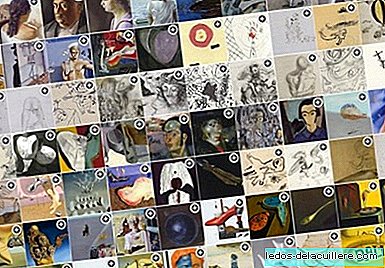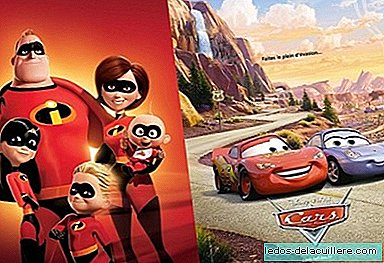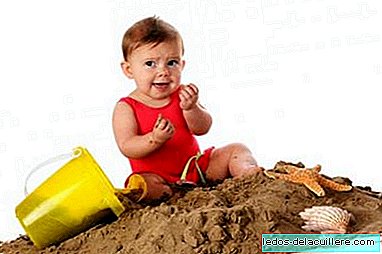
From the April 27 and until next September 2, 2013 you can attend Reina Sofía Museum in Madrid to the exhibition on Dalí call All poetic suggestions and all plastic possibilities. This is the most important exhibition on Dalí in Madrid in the last three decades. After three years of preparations it is possible to attend a sample that includes 200 paintings, some of which are shown in the image that appears in the article, and that can be fascinating to go see with the whole family. The exhibition of the Reina Sofía National Art Center Museum is organized next to the Pompidou Center in Paris and gathers works from museums and collections around the world.
I attended Sunday afternoon, which is free between 3:00 p.m. and 7:00 p.m., and I took a tour of the exhibition to see some of the most relevant works and especially to enjoy the evolution of the work from Dalí over time. Salvador Dalí was born in 1904 and died in 1989, he is an artist who It can be considered extravagant and exhibitionist, especially at the end of his career in which marketing prevailed and the desire to endure. It seems to me one of the great artists of the twentieth century and it is a luxury to be able to attend an exhibition as complete and well documented as the one that has just started at the Reina Sofía Museum in Madrid.
And it is that Dalí has transcended painting and has become a modern artist and precursor of transmedia that is now so popular. Dalí worked on creativity in cinema (with Disney or Hitchcock), design, advertising and literature, of which he said, as Ruiz-Quintano indicates:
That painters, says Dalí, are very stupid, and thankfully he is a writer, because writers are smarter
I have no idea what is being taught now about Art and literature at school because I am very lost and I do not follow the textbooks although I have to say that it seems to me that Spanish youth has not had, as our generation had, the luck of being able to access television programs in which the culture was very relevant and even I remember being able to see Dalí in action laughing at everything and everyone. And although the television has a lot of noise it is true that when the programs are attractive and well done its effect on the dissemination of culture is impressive.
So for all children who cannot see Dalí on current television and at school, contemporary art is likely to take up little space in education, We encourage you to take the kids to see Dalí's exhibition and recreate them with their creations and their evolution over time.
In addition, in the 1930s, painting was encouraged to draw a fantastic scenario in which a horizon that could recreate a desert, a sea or a space in which to give rein to your imagination prevailed. And that space served as inspiration, as indicated by the newspaper El Mundo in a special dedicated to the exhibition that includes a comic strip section, to Jean Giraud. And so in works, like The Hermetic Garage It is amazing to see how in 1976 he recreates, builds and pays homage to the space that Dalí drew forty years before.
Dalí was always very aware of the scientific discoveries of his time, and explored and drew them anticipating a way of doing that I think was exchanged with the cinema. This painting, for example, of La Conquista del Aire is spectacular and is surely inspired by the futuristic moment of the time.
I remember that the exhibition is held from April 27 until September 2, 2013 in the Sabatini Building, Floor 3 of the Reina Sofía National Center of Art Museum. The exhibition includes the General Commissioner, Jean-Hubert Martin (Center Pompidou), the co-commissioners: Montse Aguer (Fundació Gala-Salvador Dalí de Figueres), Jean-Michel Bouhours (Center Pompidou) and Thierry Dufrêne (Center Pompidou). The rates and forms of access to the exhibition can be consulted on the Museum's website and although the schedules are complicated, the exhibition can be accessed free of charge.
In Peques and More | Jean Giraud More information | Reina Sofía Museum, Ignacio Ruiz-Quintano on Dalí, The World, Discover Art












